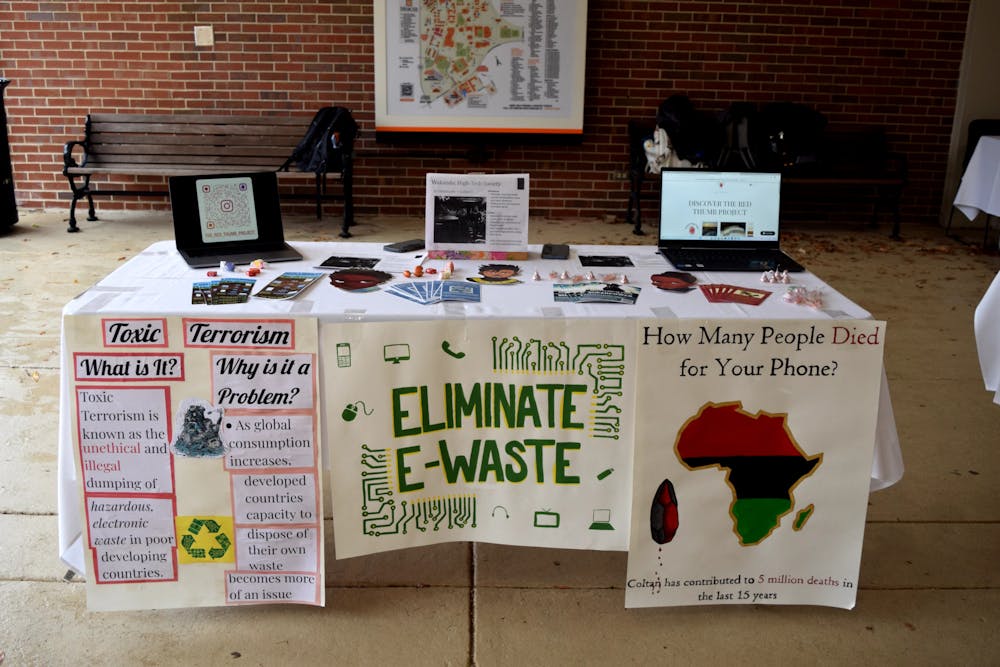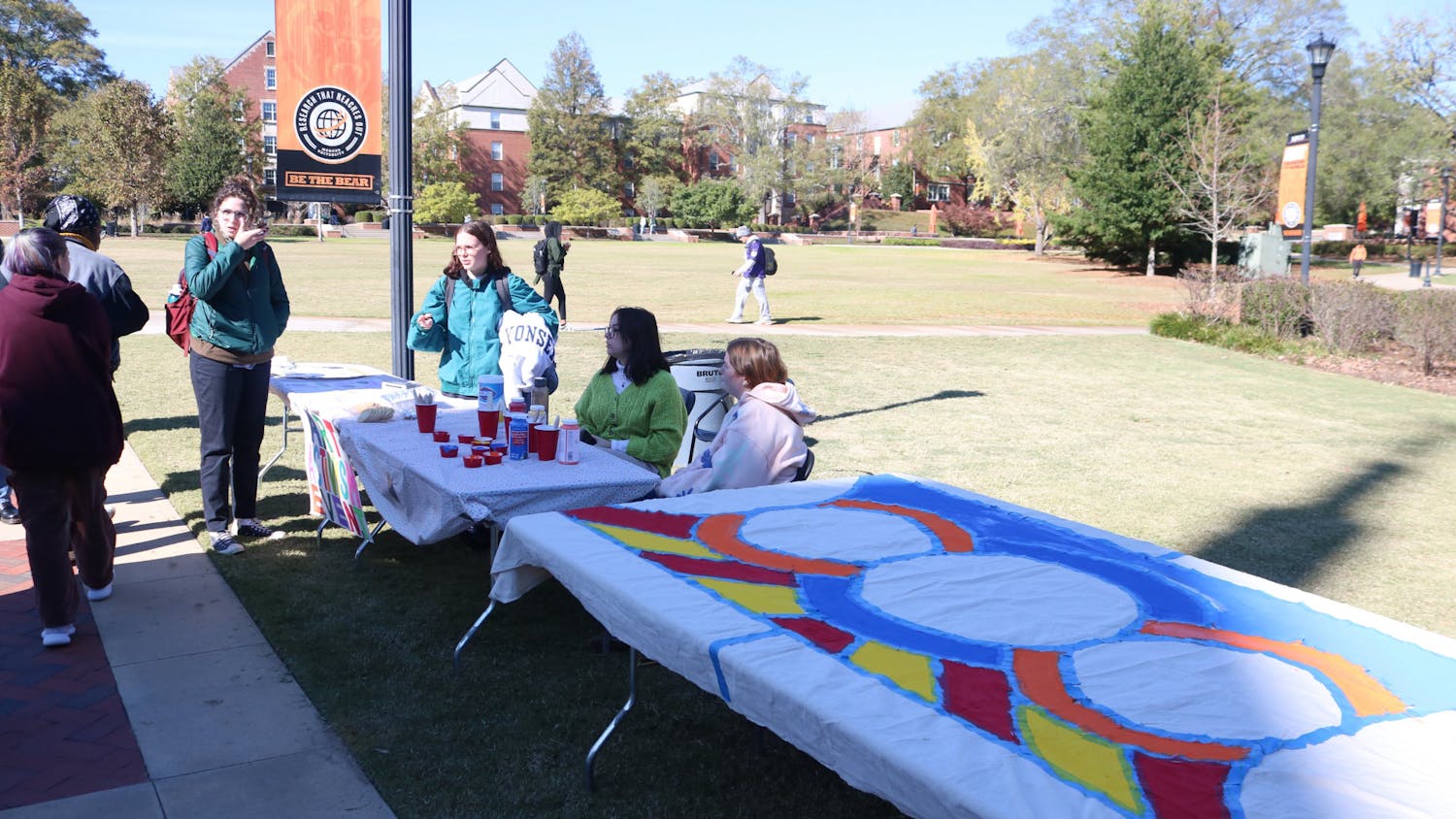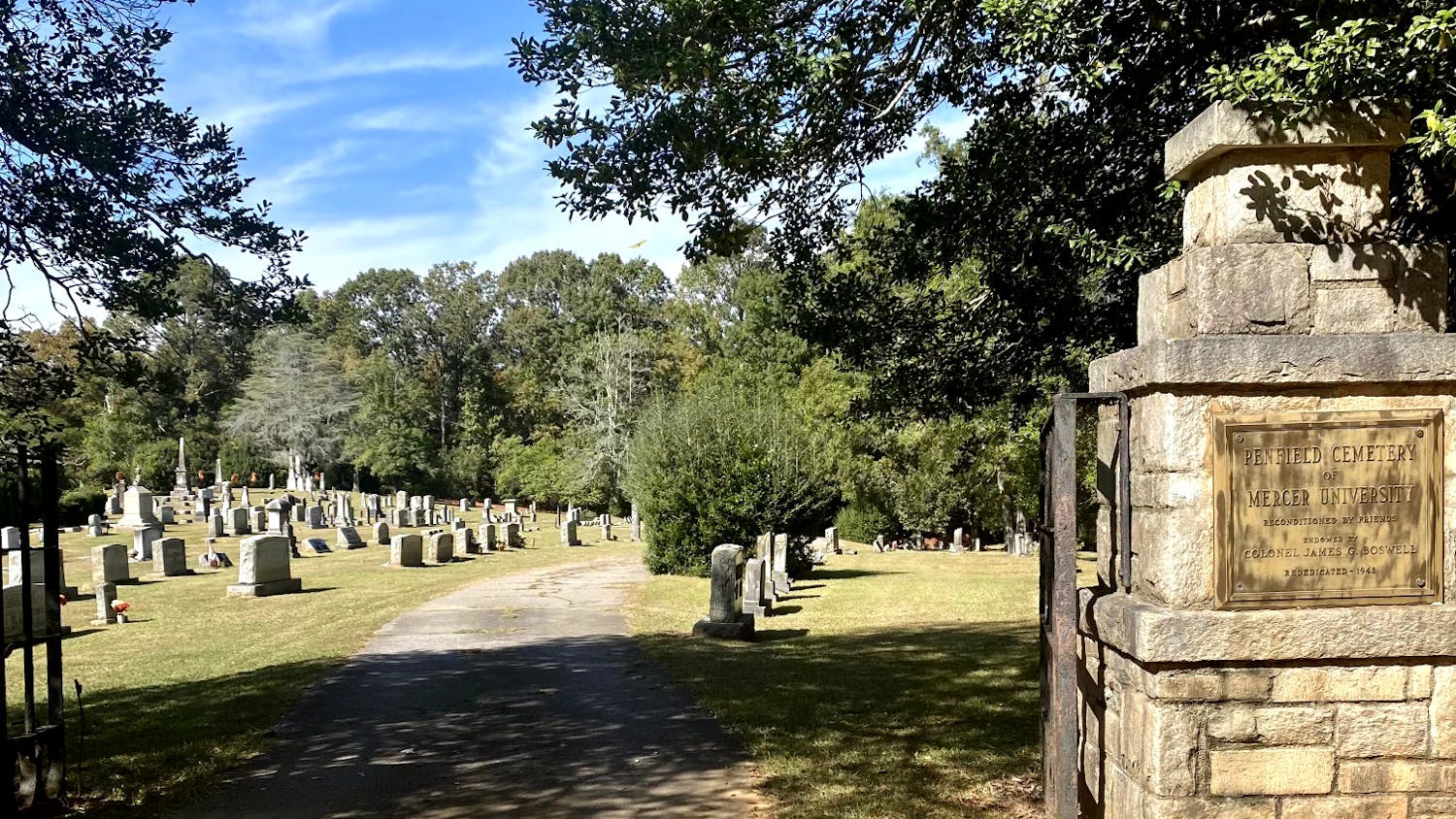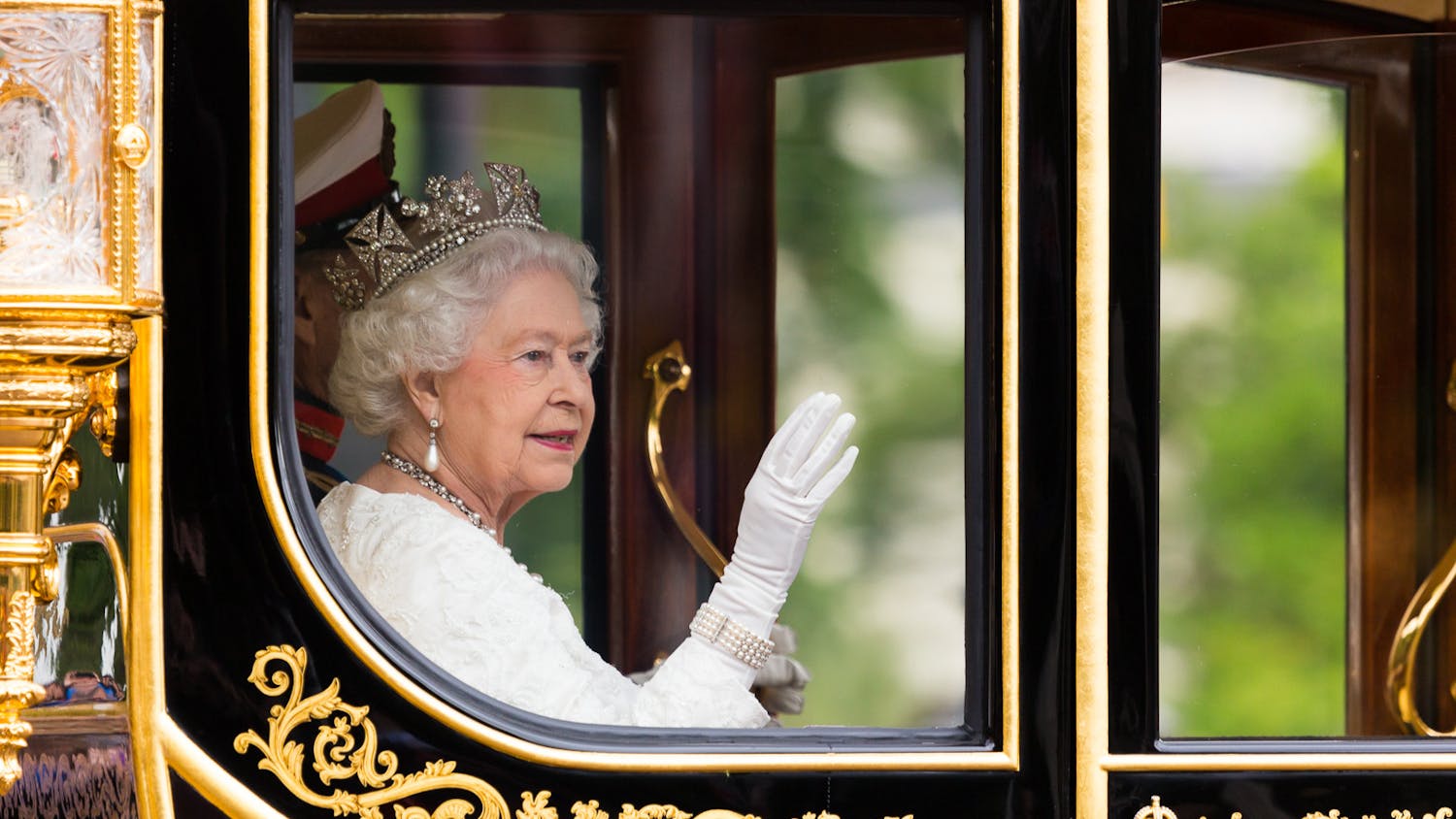Several Mercer students gathered in the Connell Student Center breezeway on Nov. 30 to spread an important message: there are consequences to e-waste.
In associate professor of Global Health Studies and Africana Studies Chinekwu Obidoa’s Integrative Studies 301 class, students learned about the coltan conflict in Africa. Coltan is a mineral that is used in many electronic products such as phones and laptops. Using the information they learned, the group created an exhibit titled: “Is Vibranium In Your Phone.”
Coltan is similar in many ways to vibranium, the fictional metal from the movie "Black Panther." Like vibranium, coltan's unique properties make the mineral instrumental to many technological advancements today.
Though coltan is commonly used in everyday products such as laptops and cell phones, many underlying issues stem from its production. Throughout Obidoa's class, students like Manasi Jain ‘25 learned about the inhuman conditions workers faced in the coltan mining industry.
“The conflict originates from the Democratic Republic of the Congo in Africa where this mineral is mined,” Jain said.
Coltan is linked to violations of child labor laws, exposure to toxic chemicals, government exploitation, safety hazards and environmental disasters.
"It's hurting the environment and the people who are providing that material for us,” Jain said.
In addition to unethical mining techniques, coltan also contributes to pollution through e-waste.
“These electronic devices that we use it for, our laptops and phones, are not biodegradable so they end up in landfills all over Africa and around the world. But they're highly concentrated in Africa at the moment,” Jain said.
According to Jain, colton is in all the electronic devices Americans use, but we have no concept of the damage that occurs when we throw our devices away.
Jain and the rest of the class hope to spread awareness surrounding these issues by sharing the information they learned.
According to their exhibit, there are many ways Mercer students can contribute to lessening these issues. The main solution is to properly dispose of electronics because if electronics are disposed of improperly, they end up in landfills. Electronics can easily be recycled at places such as Staples and Best Buy.
Mercer students can also help by spreading information regarding the coltan conflict so more people are informed of the consequences of improperly disposing of electronics.
Although the exhibit has ended, Mercer students created The Red Thumb Project which helps to promote awareness of the issues surrounding coltan and e-waste.
According to their website, the project’s name comes from the hope that “people understand the implications of using electronic devices all over the world, even though it can be something as innocent as checking an email.”
Through this website, viewers can learn more about how to help and keep up with updates surrounding e-waste.
The INT class hopes their project will continue to encourage Mercer students and the greater community to stay informed.
“We need to make a difference as global citizens to make a better world,” Jain said.
Maura Rutledge ‘25 is a Journalism student at Mercer University. She has previously worked for The Cluster as an Arts and Culture and News reporter, and currently works as the Managing Editor. She enjoys thrifting, fashion, reading and writing in her spare time.





